YYYYMMDD >>> BACK HOME <<< >>> SELECTED FEATURES <<< >>> HIDDEN ARCHIVE <<<
[20230315]
INSIDE by LOUISA CLEMENT at KUNSTVEREIN DRESDEN curated by MICHAEL STOCKHAUSEN [from 20230325 to 20230510]
[Photos: Sergey Poteryaev]

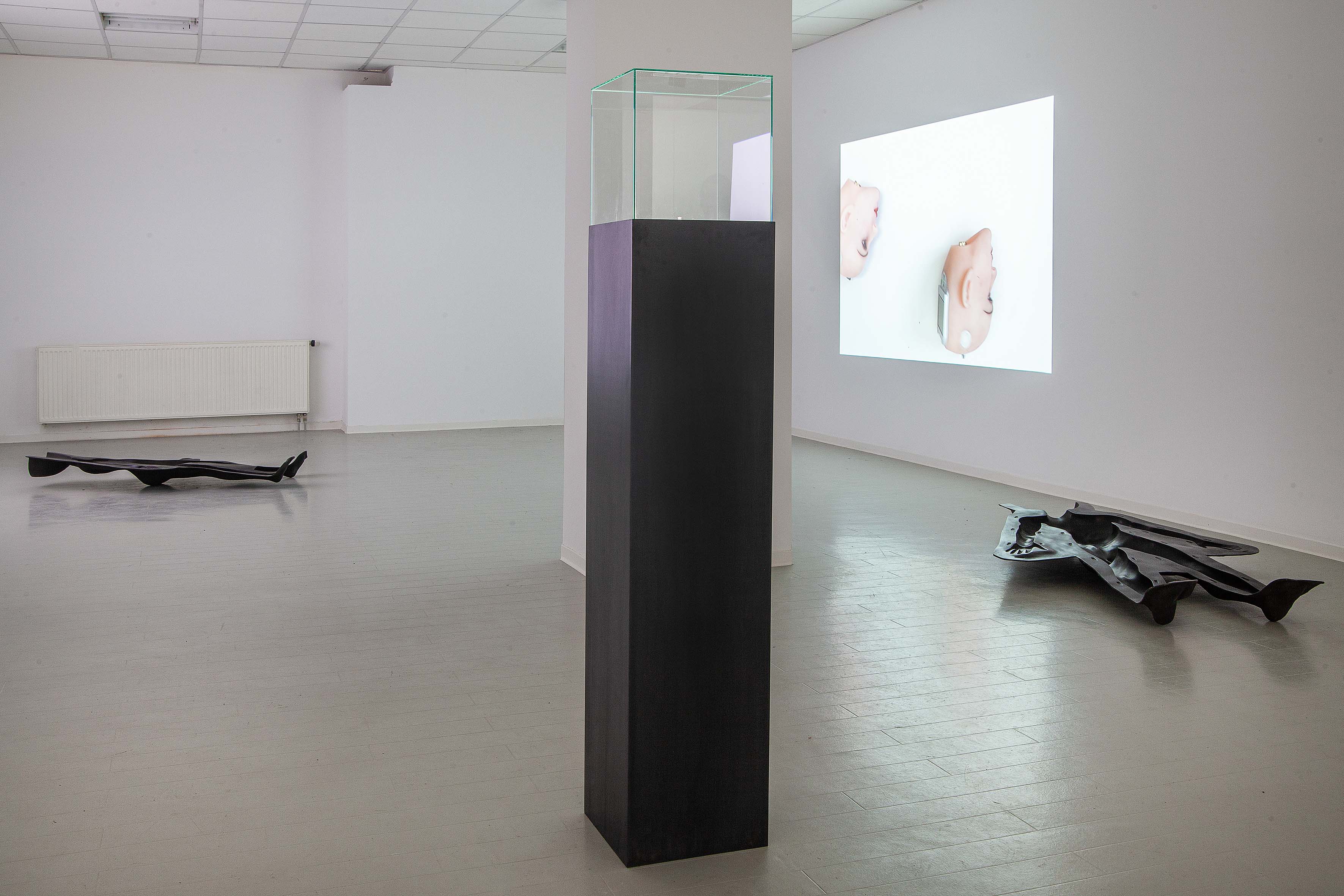


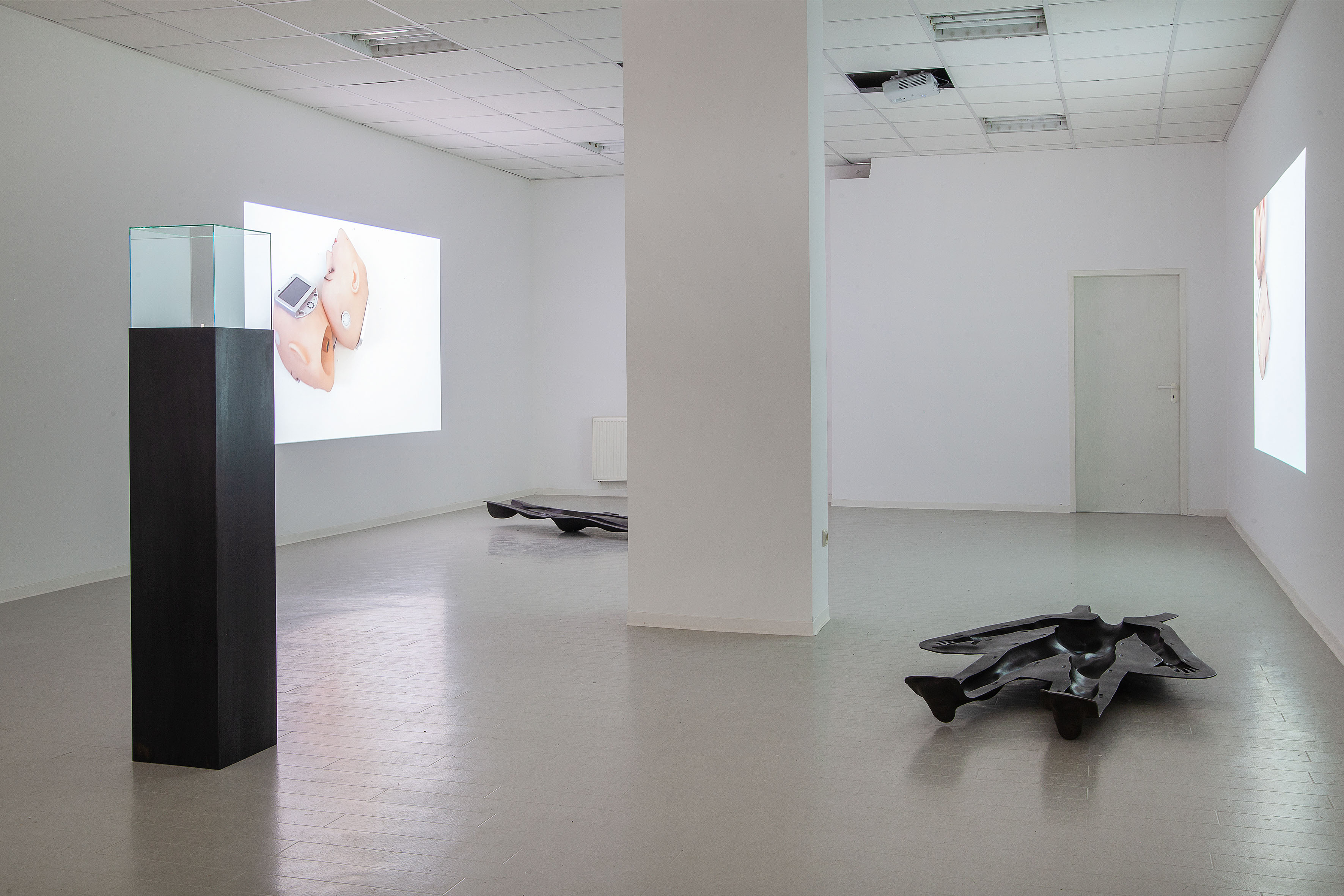
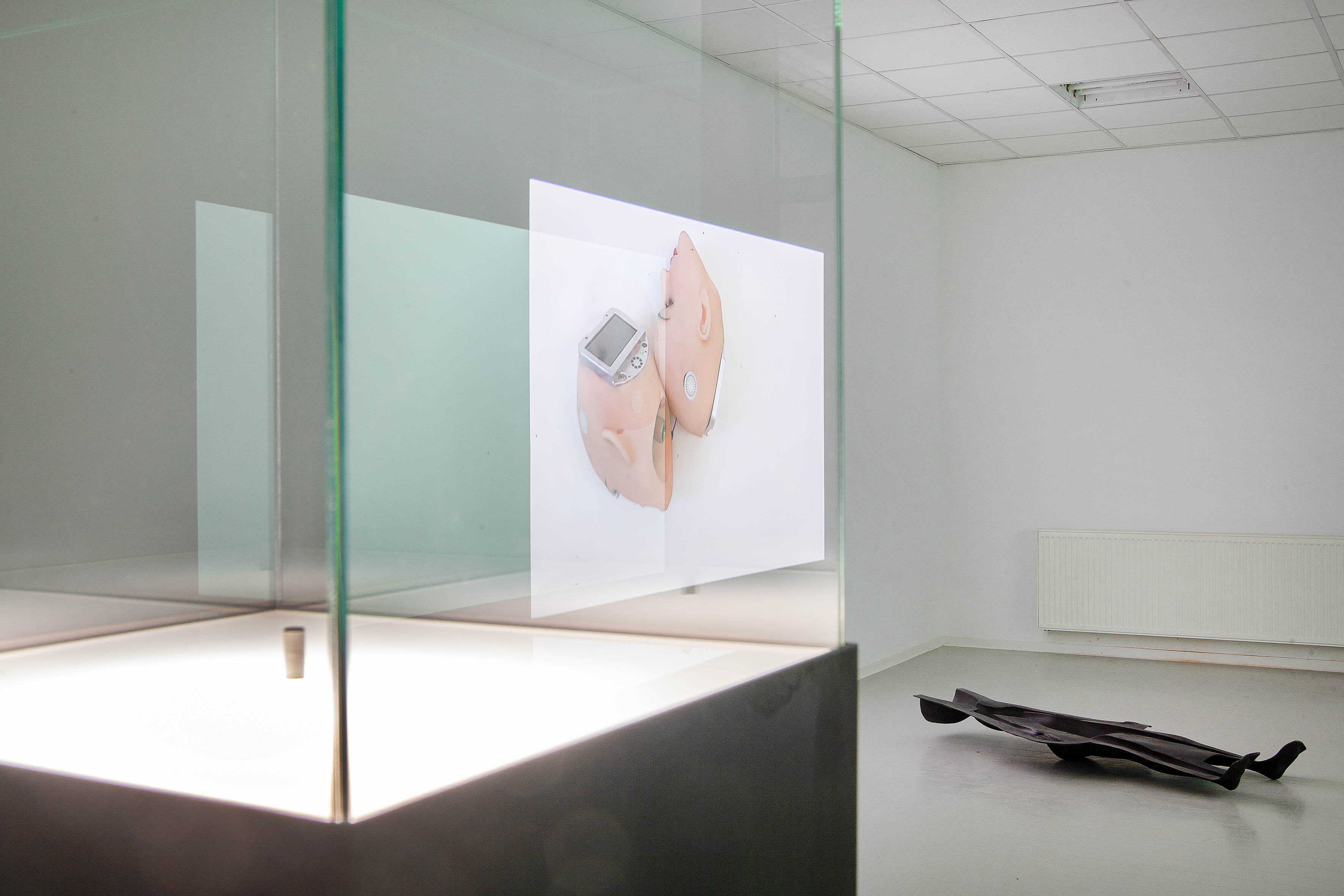
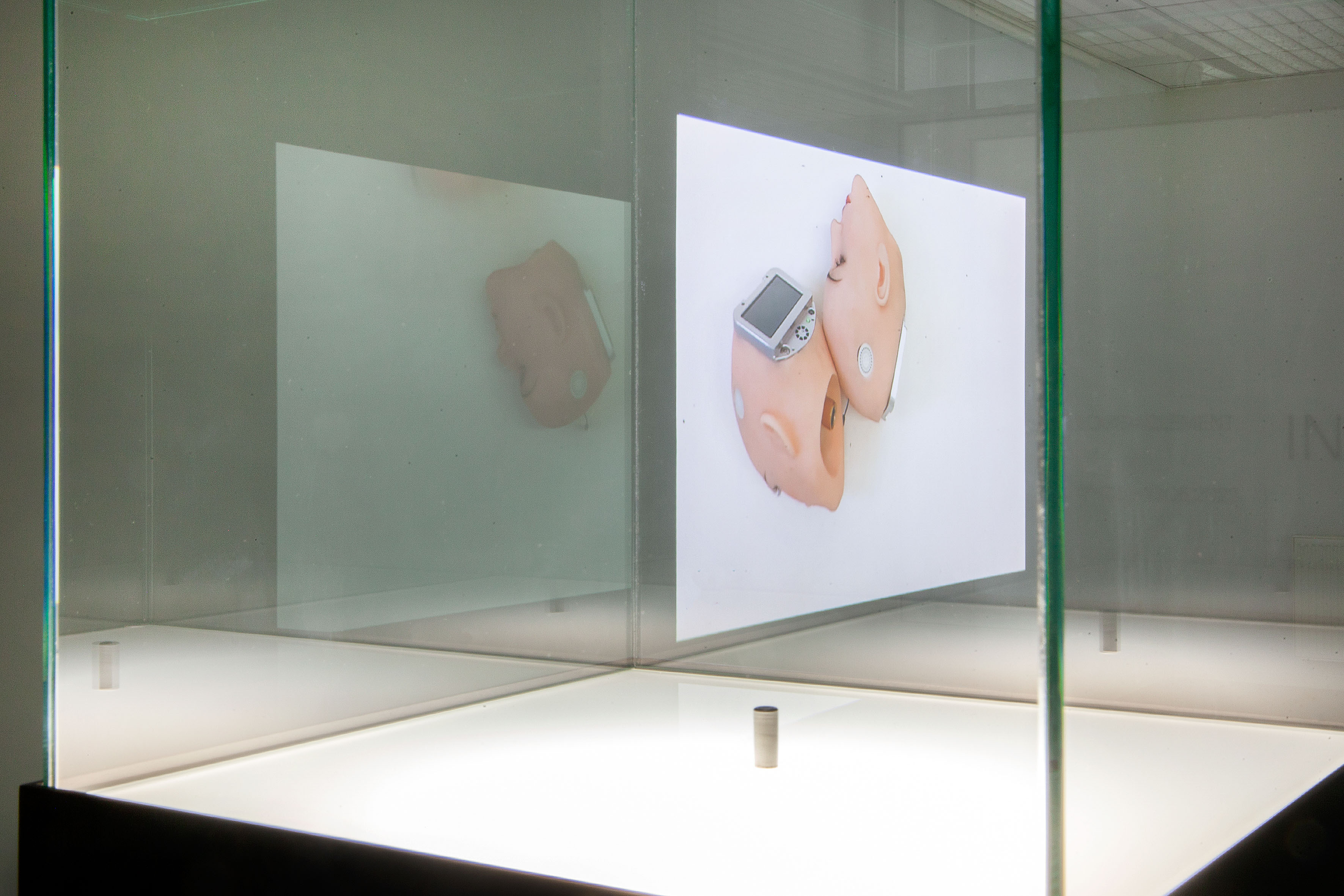

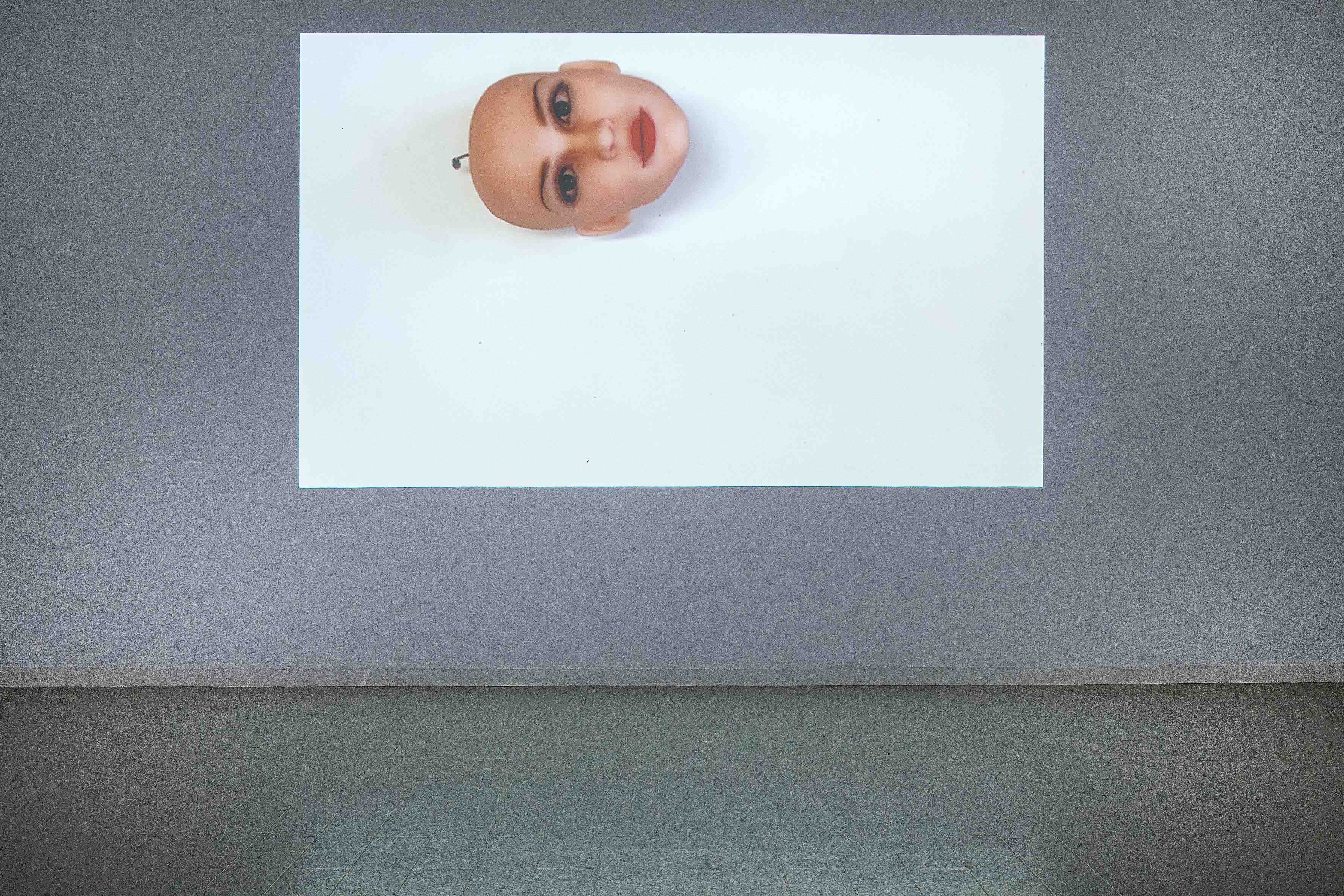


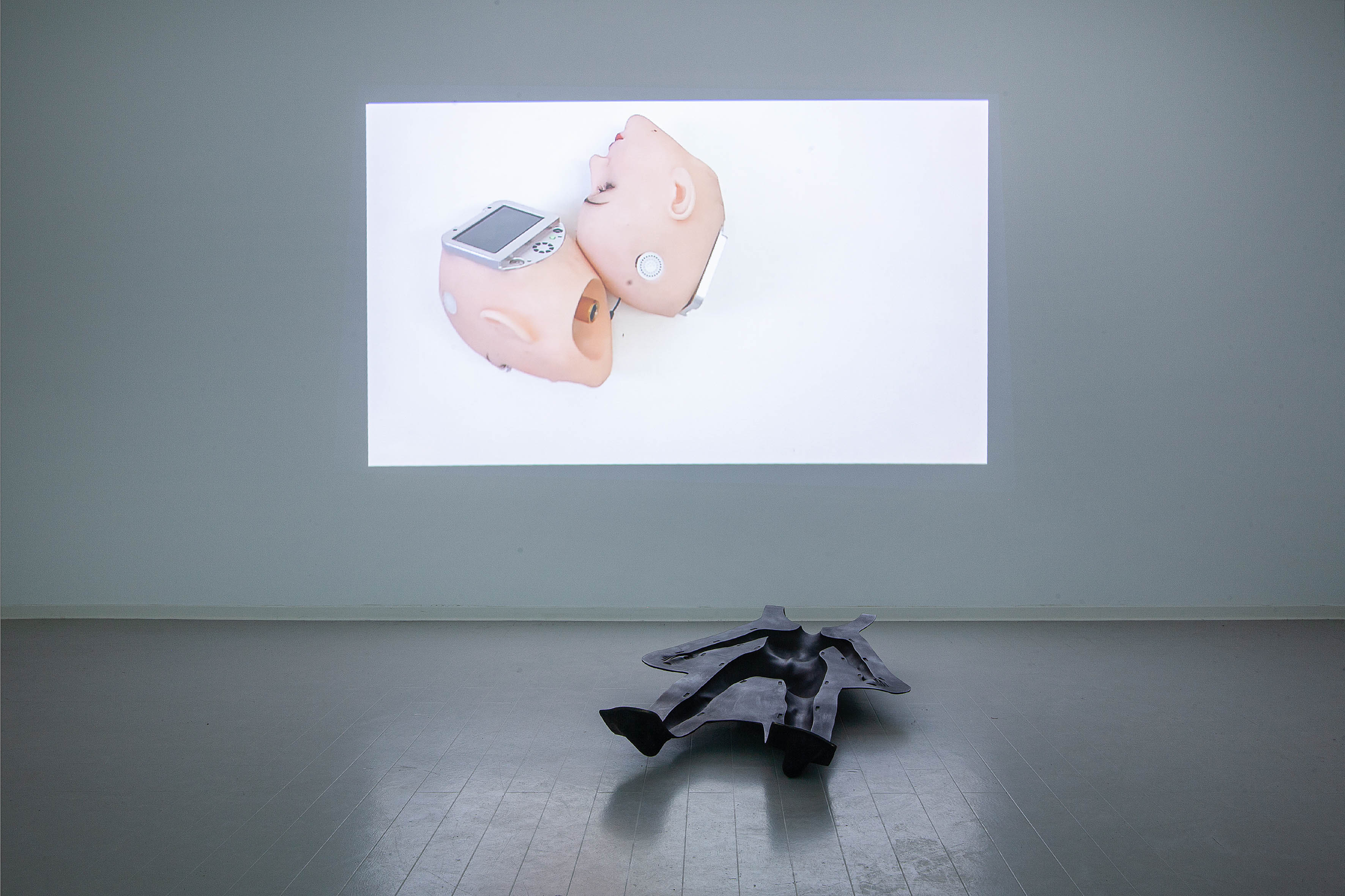
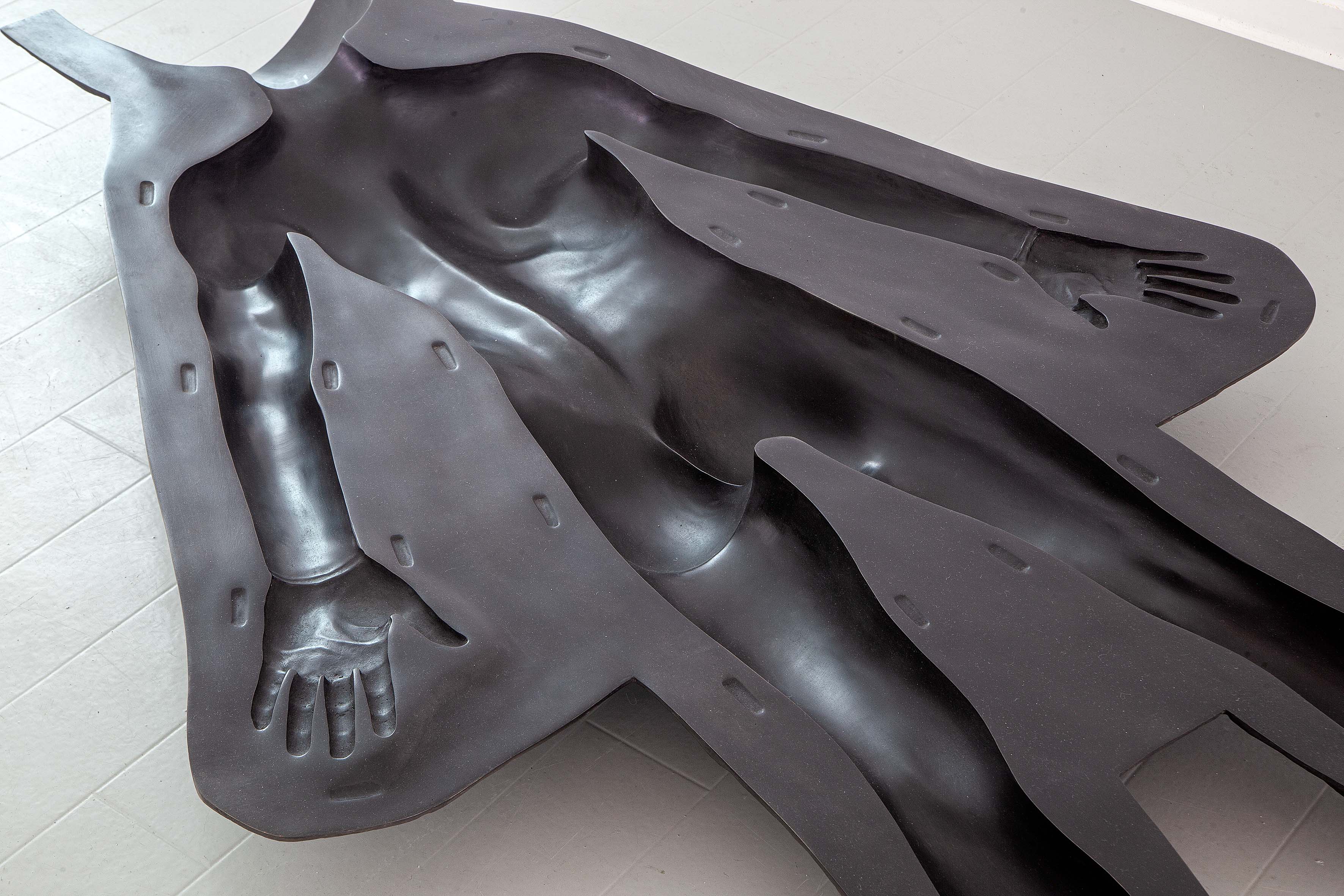
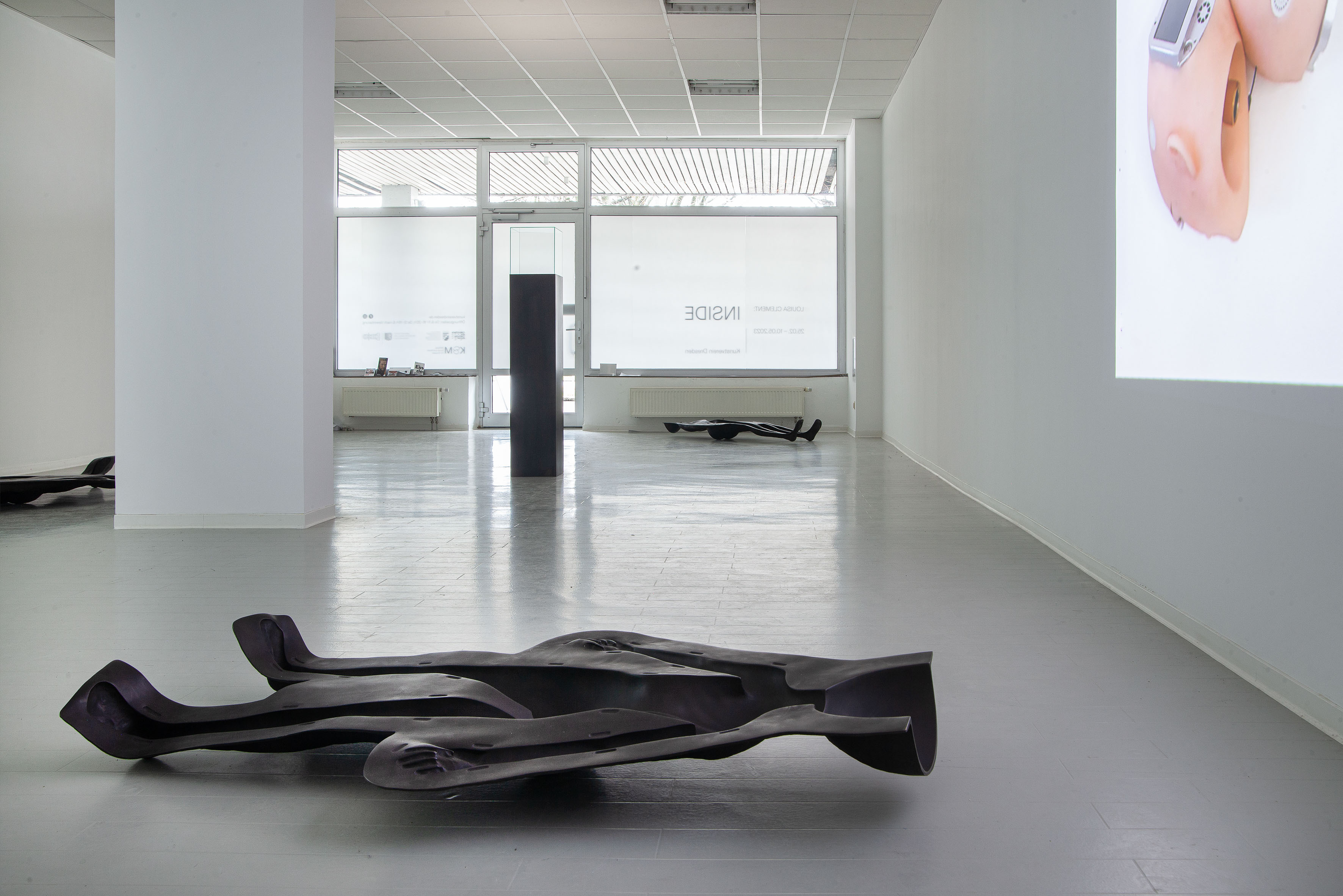
Dissolving the world into data not only makes things in the world scalable. Research is also being conducted into the greatest possible storage density in the smallest possible space, to keep data as permanently retrievable and modellable as possible. It's as if Plato's bright ideas could be designed with just one mouse click and spat out into the world with just one push of a button. The greatest storage density in the smallest space also lives in us. Vast amounts of genetic information stored in so-called human DNA. And this is long-lasting: Human genetics, for example, uses this information to reconstruct human relationships thousands of years back. Therefore, intensive work is being done on the scaling of genetic information and 'genome editing'.
compression, 2023
Louisa Clement brings both together in her latest work: Digital and physical storage methods. The artist has had the digital data of her entire body of work fed into the strands of DNA. The result is preserved in a small silver capsule a few centimetres in size. The data, hermetically sealed, can be read out again using specific development methods. The information then be fed into the usual data processes. In bones, this information would be also safely sealed and could still be extracted in several thousand years. The latest storage method developed by start-ups in Europe and the USA promises to be the longest-lasting and at the same time most compressed form of data storage. So far, however, it is still too expensive to be used in everyday life: until now.
The biological miracle USB stick under the glass cover appears like a relic, the sum of an artistic work, preserved for several thousand years. What is enthroned there is nothing less than the promise of eternal survival. A promise that art has been spreading for ages. At the latest since the medium of photography came up, the culture of memory has expanded and now every mobile phone ensures the survival of immense amounts of data. Will we be able to persist in our data and permanently anchor digital footprints in the ground? What would be your personal data that you would preserve in such a small capsule: The testimony of your ego and a kind of soul essence for this world?
mould, 2019/20
Human history, culture and politics could never be imagined outside of technology. All inventions, small and large, have changed the way people live in this world, the way they feel, move, and meet each other. What is happening on the INSIDE? The impulse to scale is now at our fingertips. We touch a screen, slide our index finger and thumb apart and are disappointed when the backlit image does not enlarge. Likewise, disappointment sets in when the digitally modelled and filtered imagery is not reflected in the 'real world'. In perhaps the most interpersonal area, love life, this gap is being realised daily and produces sublimation forms like surrogate industries. It has long been a part of everyday life to date via image-based internet platforms and to be attracted by the modelled photo enactments and self-presentations. If subsequent meetings do not deliver what the self-optimised avatars promised, one does not have to live with the disappointment. Digital desire can be realised artificially. Empty body shells lie on the floor, life-size, hollow bronzes: "voids of the human longing for corporeality" (Pepita Håkansson). The sculptures are based on casts of sex doll bodies made by a specialist London company and are among the most demanded and desired models: steely man, slim woman, and a too-youthful figure. The search for fulfilment in the artificial marks the horizontal of the exhibition and complements the verticality of the DNA capsule. In the negative forms of the moulds, 2019/20, one can feel what is happening INSIDE the new scalable worlds: Headless and disembodied, the human shell lies there; almost casually, as if "man can disappear like a face in the sand on the seashore" (M. Foucault).
human error, 2021
The archaeological tranquillity of the exhibition at Kunstverein Dresden is broken by the video work human error, 2021. In irregular intervals it is projected, heads roll across the image surfaces, bang against each other, lie on their backs like cockchafer and blink their eyes. Helplessly pleading in an annoying way, the sentence resounds: "I can't connect to internet". Panic resonates and fuels feelings of being overwhelmed and the desire to switch off. Between Boris Becker's naïve "Am I in yet?" - an advertisement for a dead easy Internet access in an AOL commercial in 1999 - and today's fear of not being connected are two decades apart, but they feel like worlds apart. In the aimless and headless double bind between the projection surfaces, neither the desolate shells nor the data-based survival of the soul offers any support. From microscopic DNA cells to survival-size, from the empty shell to the robotised and AI-enhanced head, the traces of the human are spread throughout the space, inside and outside tumble over each other. The dissolution of the human into data makes the people in the world scalable - or merely the physical shells of the human?
Eternity is a central promise of art. People have always built cathedrals, painted pictures, written poems and philosophised in the hope of immortality. In her latest exhibition, the artist Louisa Clement deals with the poles of Eros and Thanatos that determine humanity and develops a new sculptural work for the Kunstverein Dresden. Will humans become the carriers of the data implanted in them with the help of the latest biotechnological developments? Are we on the threshold of a "human error" or are we that transformation generation that is on its way to something we cannot yet oversee?
Kunstverein Dresden is pleased to announce INSIDE, the first Kunstverein exhibition by Louisa Clement. An artist who exhibited in museums from an early stage of her career, Clement has been captivating audiences for years with her unique, cross-media formulation of her work. Her artworks question qualities of the human in the digital and make the challenges of technological and bio-capitalist change palpable. In doing so, Clement's highly affirmative works possess a disturbing INSIDE quality: on the one hand, they grapple with complex scientific questions of the present, and on the other, they sink deep into eyes and pores; echoes that penetrate beneath smooth surfaces and know how to trigger unsettling resonances.
Louisa Clement (b. 1987 in Bonn, Germany) has exhibited in various institutions and museums, such as: Museum Frieder Burda (2022); Casino Luxembourg - Forum d'art contemporain (2022); ZAZ 10, Times Square, New York City (2019); Triennale for Photography and New Media at Henie Onstad Kunstsenter in Norway (2020); Ludwig Forum, Aachen (2019); Sprengel Museum, Hannover (2019); Digitale Kunsthalle des ZDF (2019); Kunst Raum Riehen, Riehen, Switzerland (2018); Museum für Photographie in Braunschweig (2018).
In 2015, Clement completed her studies at the Kunstakademie Düsseldorf as a Meisterschülerin of Andreas Gursky.
[Text: Michael Stockhausen]
©YYYYMMDD All content and design by Daniela Grabosch + Ricardo Almeida Roque unless otherwise stated. Images, Videos and Texts can only be used under permission of the author(s).